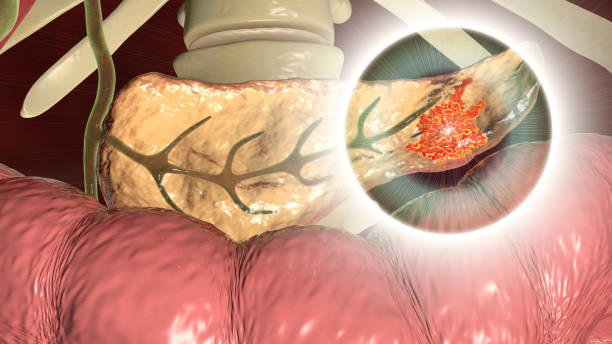Prolonged Use of Common Prostate Cancer Treatment May Impair Cardiorespiratory Fitness, Increase Risk of Cardiovascular Death
Study finds prolonged androgen deprivation therapy treatment in some high-CV risk patients associated with higher CV mortality risk, reduced cardiorespiratory fitness
Prolonged androgen deprivation therapy (ADT) can impair cardiorespiratory fitness and increase risk of cardiovascular death in prostate cancer patients with high risk of cardiovascular disease, according to a study in JACC: CardioOncology. The findings contribute further data supporting the need for cardiovascular disease (CVD) monitoring in patients who are living longer after successful cancer treatment.
Approximately 1 in 9 men will be diagnosed with prostate cancer during their lifetime, and it is the second leading cause of cancer death for men in the United States. Furthermore, CVD is a leading cause of death in men who have a history of prostate cancer.
ADT with radiation therapy is a standard primary treatment for prostate cancer as an alternative to surgery and is frequently used in patients with metastatic, recurrent and localized high-risk tumors. More prolonged use of ADT in certain patients with prostate cancer is increasingly employed following studies that demonstrated improved cancer outcomes compared to short-term ADT exposure. However, whether ADT is associated with increased CV mortality remains controversial. Authors of this study set out to study the association between ADT exposure and CV mortality and cardiorespiratory fitness (CRF), which is a known independent predictor of CV mortality, in patients with prostate cancer.
Researchers of this study evaluated 616 patients from a single center, retrospective cohort who underwent an exercise treadmill test for clinical indications a median of 4.8 years after their prostate cancer diagnosis. CV risk assessment was determined by a patient’s demographics, indication for exercise treadmill test (such as chest pain), medical history and medication usage at the time of the treadmill test. Prostate cancer treatment regimens used before and after a patient’s exercise treadmill test were looked at. Researchers also examined ADT treatment, including the therapy used and duration of ADT exposure prior to the treadmill test. ADT exposure was categorized as short-term (less than or equal to six months) versus prolonged (greater than six months). CRF was calculated from peak treadmill speed and grade achieved during a patient’s exercise treadmill test.
Almost one-quarter of the patients (150) received ADT prior to their treadmill test, with 51 patients exposed to long-term ADT use. There were 504 patients (81.8%) out of the study cohort who had two or more CV risk factors, such as diabetes mellitus and hypertension. Most patients with prolonged exposure to ADT (92.2%) had two or more CV risk factors.
The rate of reduced CRF was considerably higher among patients with ADT exposure compared to those without the treatment (48.7% versus 32.6%). Prolonged ADT exposure was significantly linked to reduced CRF. Long-term ADT exposure was associated with an almost four-fold increased adjusted risk of CV mortality.
“This study highlights that patients with prostate cancer and high baseline CV risk are at increased risk of reduced CRF and CV mortality when exposed to prolonged ADT regimens,” said John D. Groarke, MBBCh, MSc, MPH, cardiologist and author of this study. “While prolonged ADT certainly plays a role in the treatment of prostate cancer, these findings emphasize the need to consider CV surveillance/risk modification during and after ADT exposure.”
In an accompanying editorial comment, Vivek K. Narayan, MD, MS, Assistant Professor of Medicine and genitourinary medical oncologist at the Abramson Cancer Center at the University of Pennsylvania in Philadelphia, said this study adds value to our existing clinical knowledge base, but cautions that further attention to the cardiovascular complications of varying ADT exposure durations is critical as oncologic treatment strategies evolve.
“By improving our understanding of the patient- and treatment-related factors contributing to ADT-related cardiac toxicity, oncology and cardiology providers can work collaboratively to optimally employ therapy modifications and cardiovascular risk mitigation strategies,” Narayan said.
Study limitations include the high baseline CV risk of the patient cohort, reflecting selection bias; and the relatively small sample size that may have limited the ability to find significant independent associations between short-term ADT use and either reduced CRF or CV mortality.
Source: American College of Cardiology
Full bibliographic information
JACC: CardioOncology
November 2020 Issue
Vol 2, No 4
Reduced Cardiorespiratory Fitness and Increased Cardiovascular Mortality After Prolonged Androgen Deprivation Therapy for Prostate Cancer
DOI: 10.1016/j.jaccao.2020.08.011





